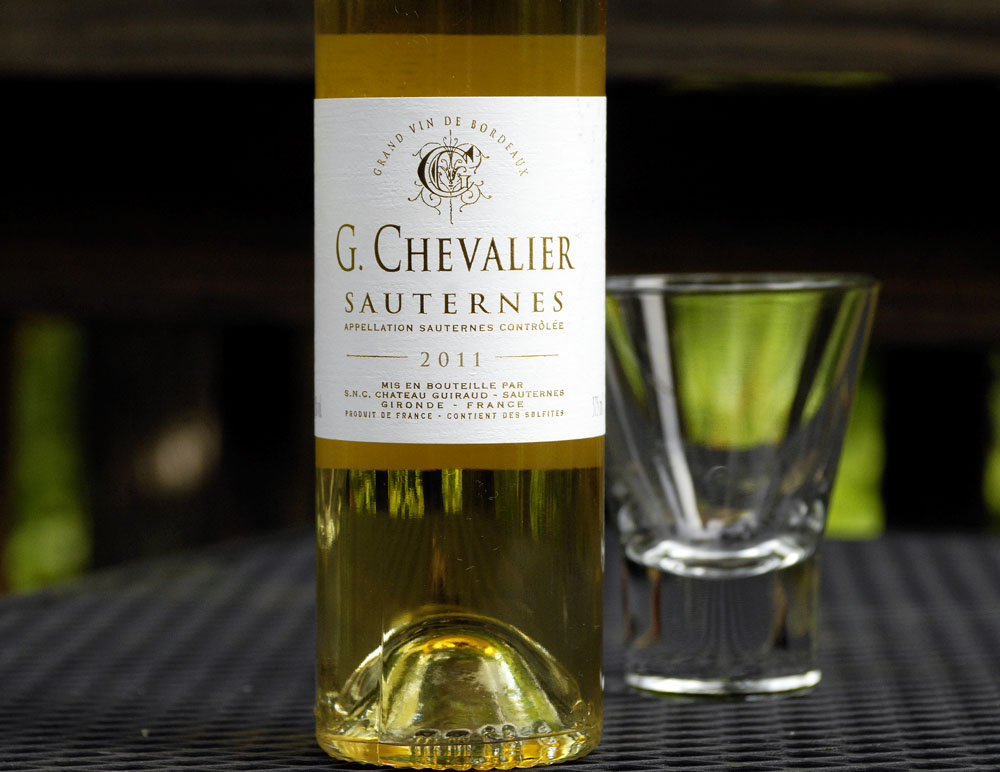For the past few months, I’ve been rereading Winston Graham’s Poldark novels. I’m now on book 8. I would rate Winston Graham as one of the best novelists of the 20th Century, but that’s a post for another day. This post is about wine — dessert wine in particular.
In the Poldark novels, the poor folk drink gin. Everybody drinks ale. The gentry drink wine. The menfolk drink brandy. The gentry also drink a lot of dessert wines, and not necessarily with dessert — port (Demelza’s favorite drink), and canary.
If I ever knew what canary is, I had forgotten, and I had to look it up. It’s a sweet white (or yellow) wine. It was popular in Elizabethan England and on into the 18th Century. The wine was imported from the Canary Islands, and presumably that’s how it got its name. I would like to think, though, that the wine was a canary yellow. That’s how I visualize it, when they drink it in the novels.
I understand that winemakers in the Canary Islands are trying to have a comeback. But if anything resembling 18th Century canary wine is available today, I wouldn’t know where to get it. But there is sweet yellow dessert wine that is pretty hard to find and that also deserves a comeback — sauternes, which is made in Bordeaux.
I was suprised to see Trader Joe’s selling little bottles of 2011 sauternes. It wasn’t cheap, but the canary color was irresistible.
Some Googling showed that wine reviewers have mentioned sauternes occasionally in the past few years. One such reviewer disparaged the idea of drinking sweet wines with desserts — too much sweet, he said. Rather, he suggested having sauternes with lobster. I’m not likely to be making any lobster dishes any time soon. Maybe banana pudding?
This sauternes is only 13 percent alcohol. It would seem the fermentation is stopped early, when there is still lots of sugar in the wine. As I understand it, the grapes for sauternes are left on the vine for a while, partly to shrivel and dry (making a very concentrated juice) and partly so that bacteria specific to sauternes can grow in the grapes.
Also from Googling, I learned that someone in Scotland makes a scotch whiskey that is aged in sauternes casks. I have to try that.


Your post brought back happy memories of being introduced to “vin jaune” during my time in France. Yellow wine is certainly something that the gentry would be drinking in the 18th century. It’s an elegant wine, and more expensive, that would be sipped on its own or drunk with the cheese phase of a meal, sometimes with chicken or fish, but usually as a starter or finisher.
The quickest way to sum it up would be to say that it’s like a cousin of sherry. But it’s not. It’s an intricately made wine that is aged for four to six years and has a higher alcohol content, though not as high as fortified wines. It has a golden color and nutty flavor.
I fell in love with it so much, I brought back several bottles. Never seen it for sale here, but haven’t really looked. I’m sure that, with supply chains being what they are these days, it would be possible to get it.
You can read more about “vin jaune” here:
https://en.wikipedia.org/wiki/Vin_jaune
DCS
DCS: Yum!